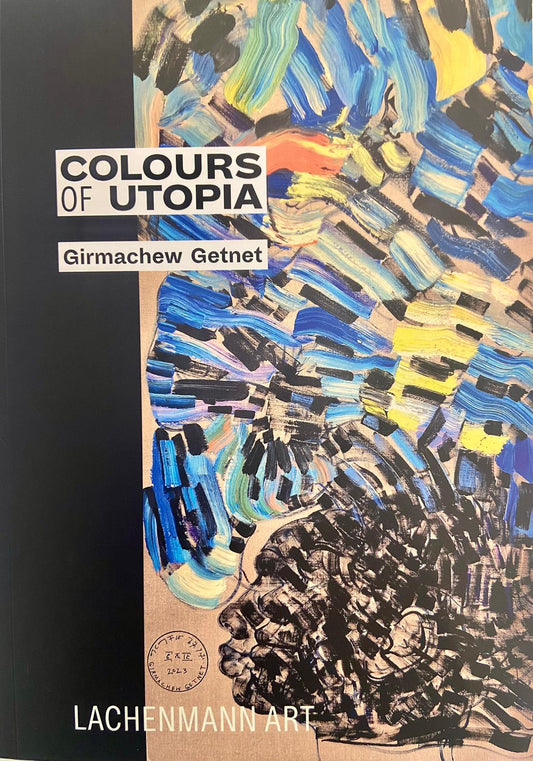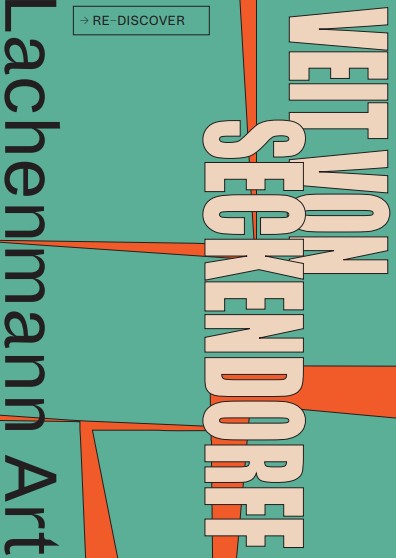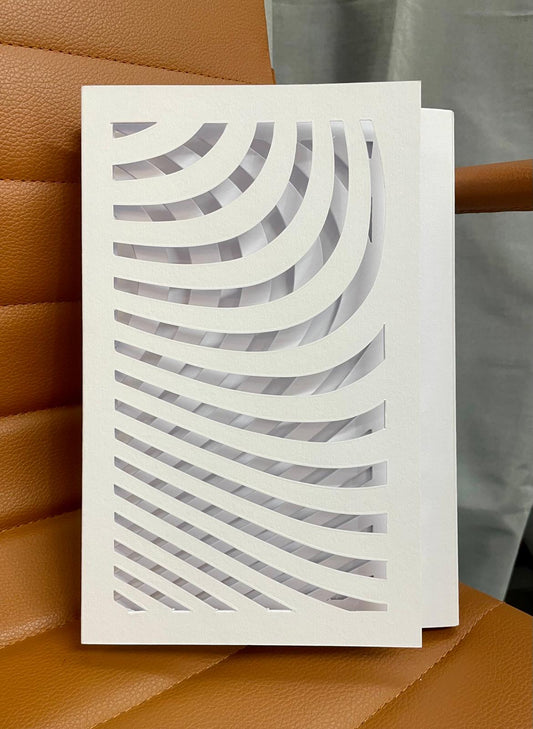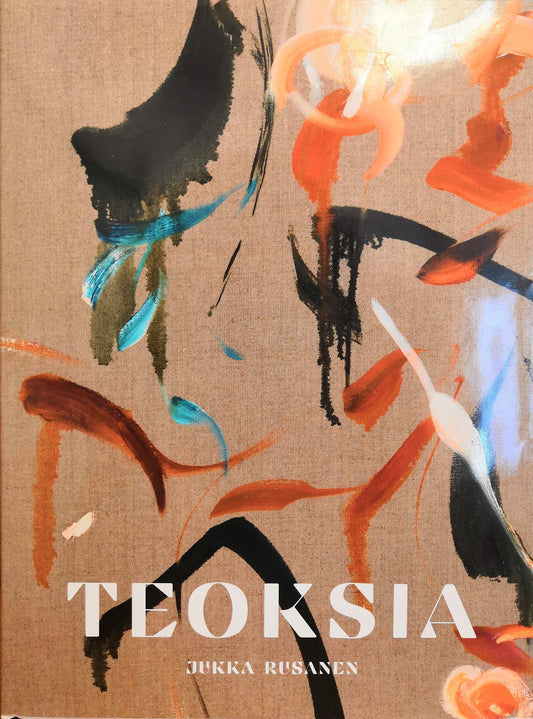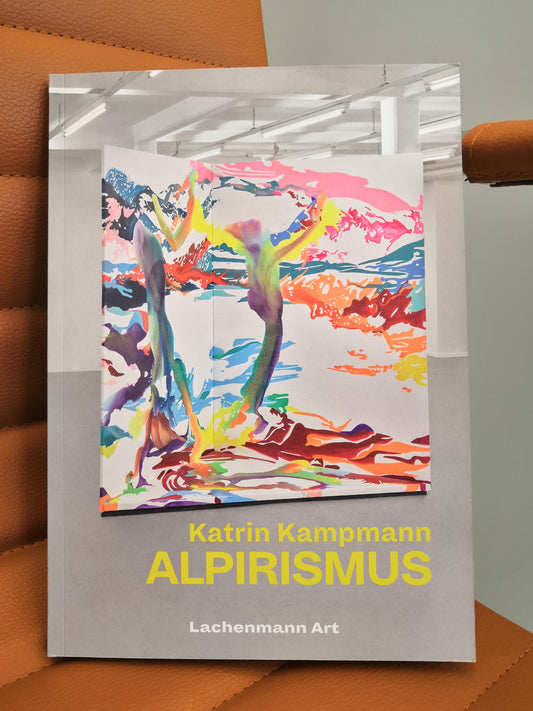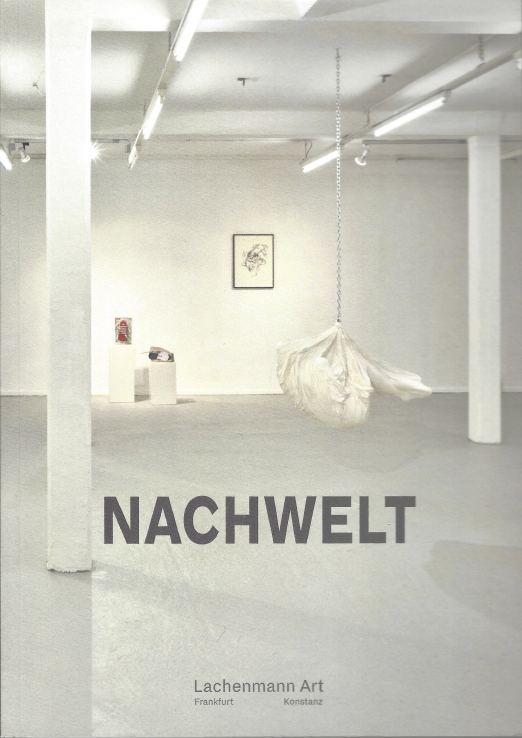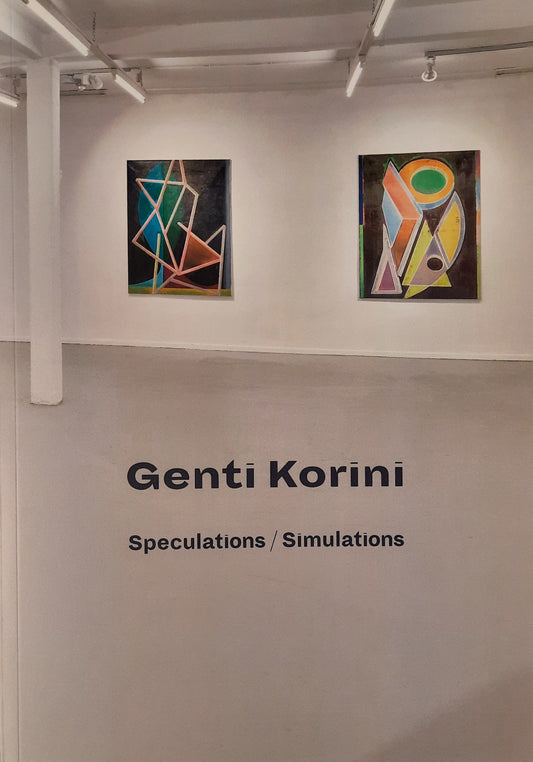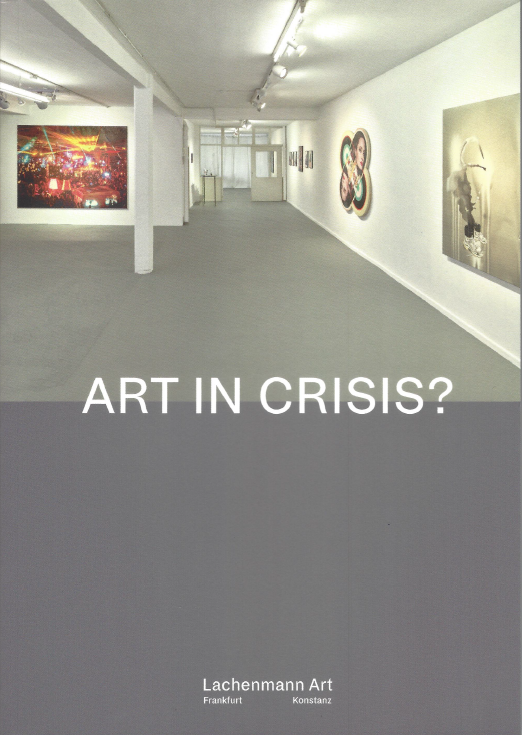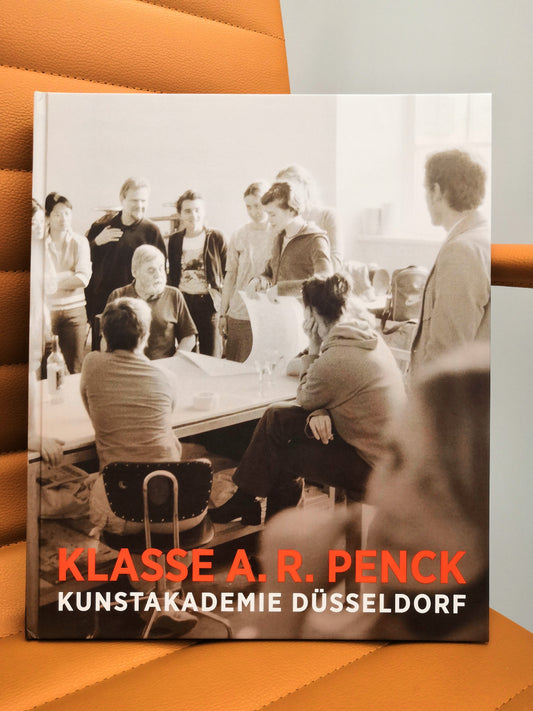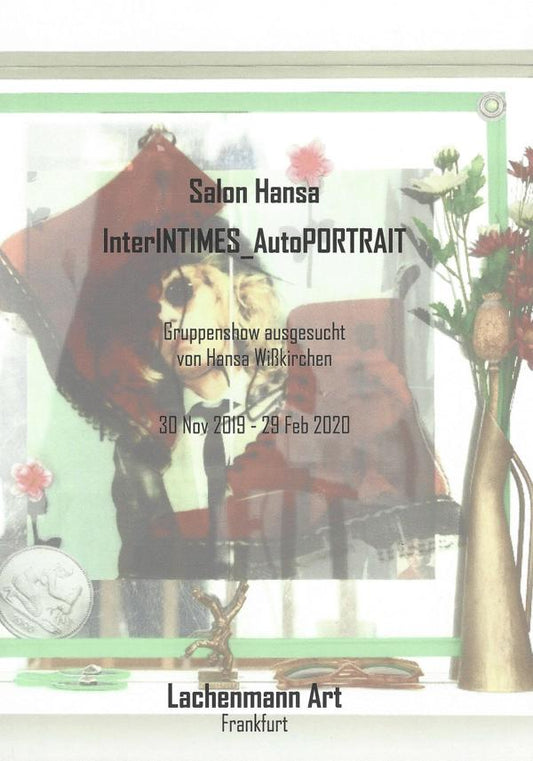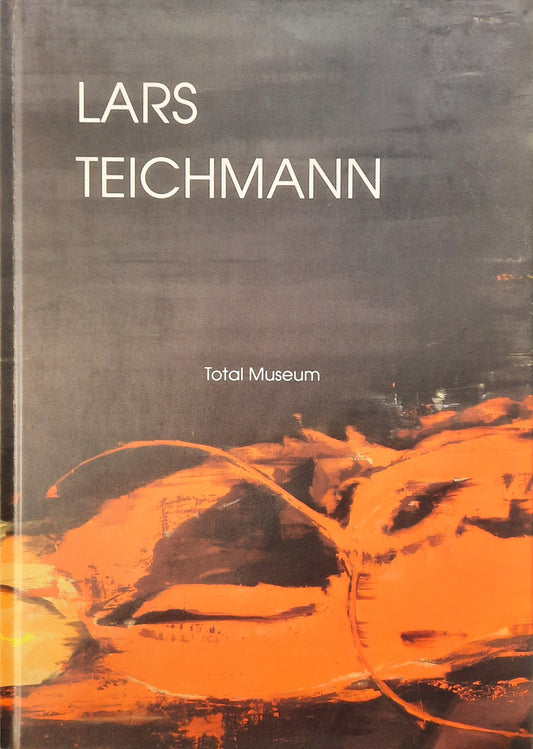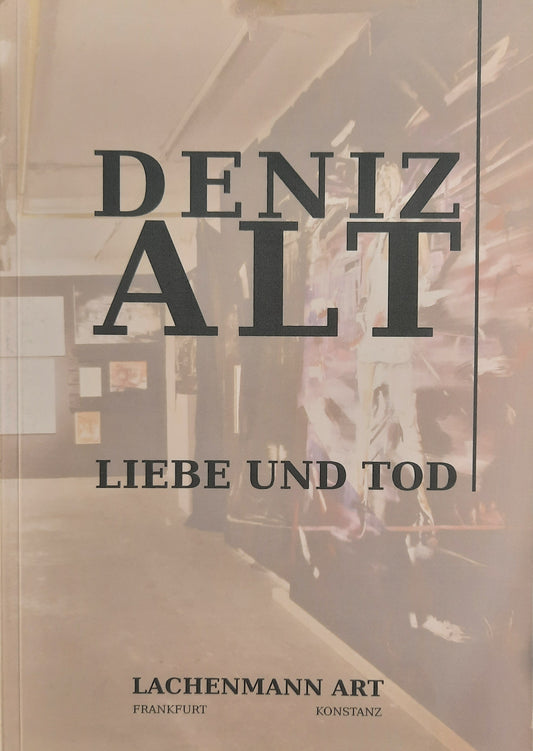›Male Perspectives from the 90s‹ 11/12/2021—26/02/2022
›Male Perspectives from the 90s‹ 11/12/2021—26/02/2022
- James Brown
- Takehito Koganezawa
- Michael Morgner
- Chris Newman
- Carsten Nicolai
- Robert Rehfeldt
- Don van Vliet
Frankfurt 11/12/2021—26/02/2022
The European art world of the 1990s was shaped by the social upheavals caused by the fall of the Iron Curtain and the reunification of Germany. Multimedia media were increasingly given space in art and conventional artistic media increasingly disappeared from the design language of many young artists. Across the Atlantic border, a bold artistic language developed at the end of the 20th century, which often explicitly addressed socio-cultural circumstances and expressed postmodern trends.
The latter is evident, for example, in the fragmentary nature of Robert Rehfeld's mail art works from the GDR era and, furthermore, in a rebellion against totalitarian systems, which is considered the driving force of the mail art scene. These revolutionary approaches also gave rise to a strong emphasis on subjectivity, as can be seen in Chris Newman's perception of people and space, as well as in Takehito Koganezawa's depictions of everyday life. In addition, elitist ideas about genres were to be broken down, as evidenced by the works of Don van Vliet and Carsten Nicolai, which bring sound and image together. Michael Morgner also fought against traditional ideas about genres, rejecting classic materials and using asphalt as a creative medium in his works.
The exhibition ›Male Perspectives from the 90's‹ brings together the explosive power of the individual artists and thus allows dialogues to emerge that go beyond the boundaries of their own oeuvre. These are to be illuminated in this exhibition and, through direct reference to one another, to fuel a discussion about the time. There are meaningful works lined up one after the other that are located in a time of upheaval and allow media innovations to flow into their experimental genesis just as much as traditional visual means and themes. This male perspective on the art of a century at the end of the century can be re-evaluated and re-located in a contemporary view from today's perspective.
James Brown, *1951 California- †2020 Mexico
James Brown was intensively concerned with the meaning of symbols in art and exhibited with Keith Haring and Jean-Michel Basquiat, among others. He lived in California, Paris, New York, Morocco and Mexico. In his art, Brown combines archaic symbols from the ritual context of indigenous peoples in Africa and America with abstract and concrete forms. His works are also characterized by the use of unusual materials. In the painting shown here, he uses an old map as a support material and inscribes himself in the form of blue paint on the surface of the picture.
Takehito Koganezawa, *1974 Tokyo
Takehito Koganezawa studied at the Musashino Art University, Tokyo (Japan). Today he lives and works in Berlin.
His works, which are based on a poetic concept, arise from the perception and observation of everyday objects - their movements, sounds and rhythms. They embody experienced moments and feelings that are tied to specific temporal and spatial conditions in the form of a unique event.
Michael Morgner, *1942 Chemnitz
Michael Morgner studied at the Academy of Visual Arts in Leipzig.
At the end of the 1970s, he developed the technique of "lavage," a partial washing out of the ink using a strong jet of water. This technique has an element of randomness that continually inspires Morgner to try new approaches in his own work. The artist uses water as a means of painting and uses it in large quantities in the creation of his works. His works reflect basic problems of human existence and the conflicts between the individual and the group.
Chris Newman, *1958 London
Chris Newman is an experimental crossover artist between the fields of music, painting, video, drawing and literature. Since the early 1980s, Newman has composed concerts and musical performances for festivals and radio productions, as well as commissioned works for orchestras. Since 1989 he has devoted himself to painting.
Since 1994, he has been creating installations that combine two different media in the form of live installations and installed concerts and reinforce each other. Recently, he has increasingly presented his paintings in a sculptural and installation-based manner by cutting up the canvases and sewing them back together.
Carsten Nicolai, *1965 Chemnitz (then Karl-Marx-Stadt).
Carsten Nicolai initially studied landscape architecture in Dresden (1985-1990). Since 1986 he has shown his work as a visual artist in renowned galleries, municipal art collections, international museums and, among others, at the documenta in Kassel and the Venice Biennale.
Since 2015 he has been a professor of art with a focus on digital and time-based media at the Academy of Fine Arts in Dresden. As a musician, alias Alva Noto, Nicolai is one of the best-known representatives of contemporary electronic music. Today he lives in Berlin and Chemnitz.
He belongs to a generation of artists who work intensively in the transitional area between music, art and science. In his work he tries to overcome the separation of human sensory perceptions by creating light frequencies and acoustic signals that are perceptible to the eyes and ears.
His works are in numerous international public collections and he is the recipient of numerous fellowships and international awards.
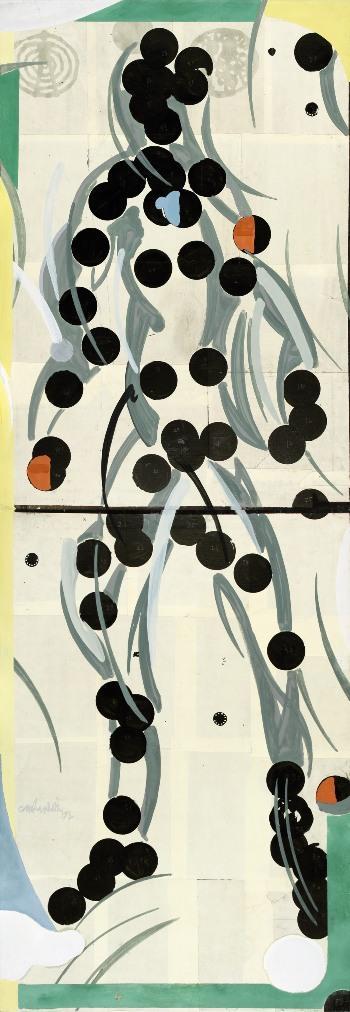
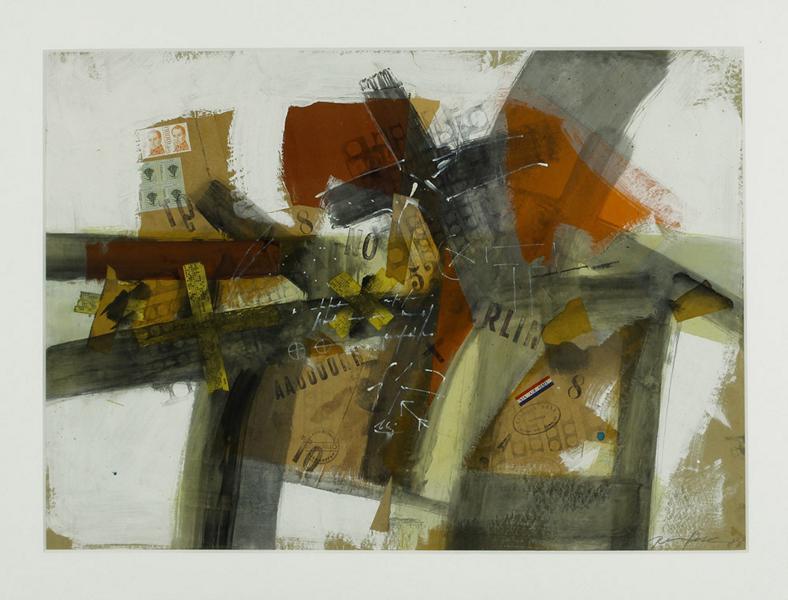
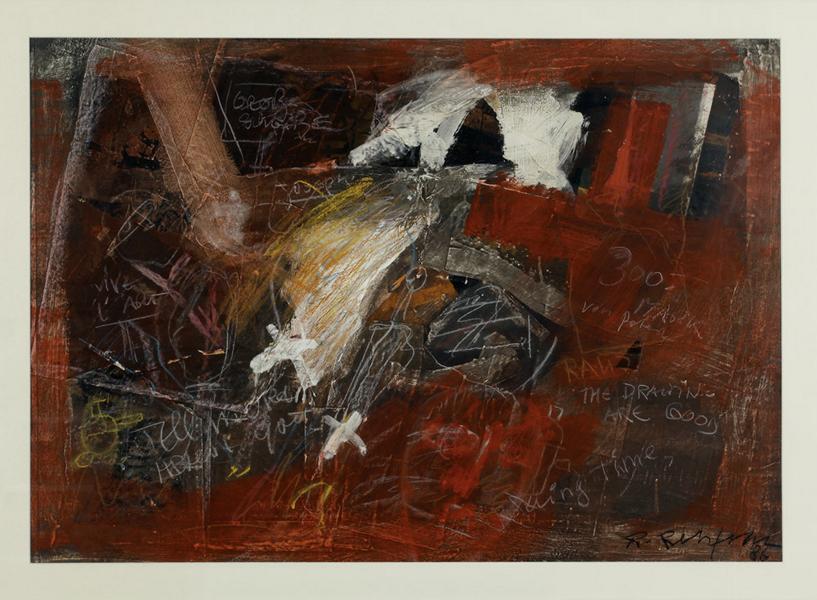
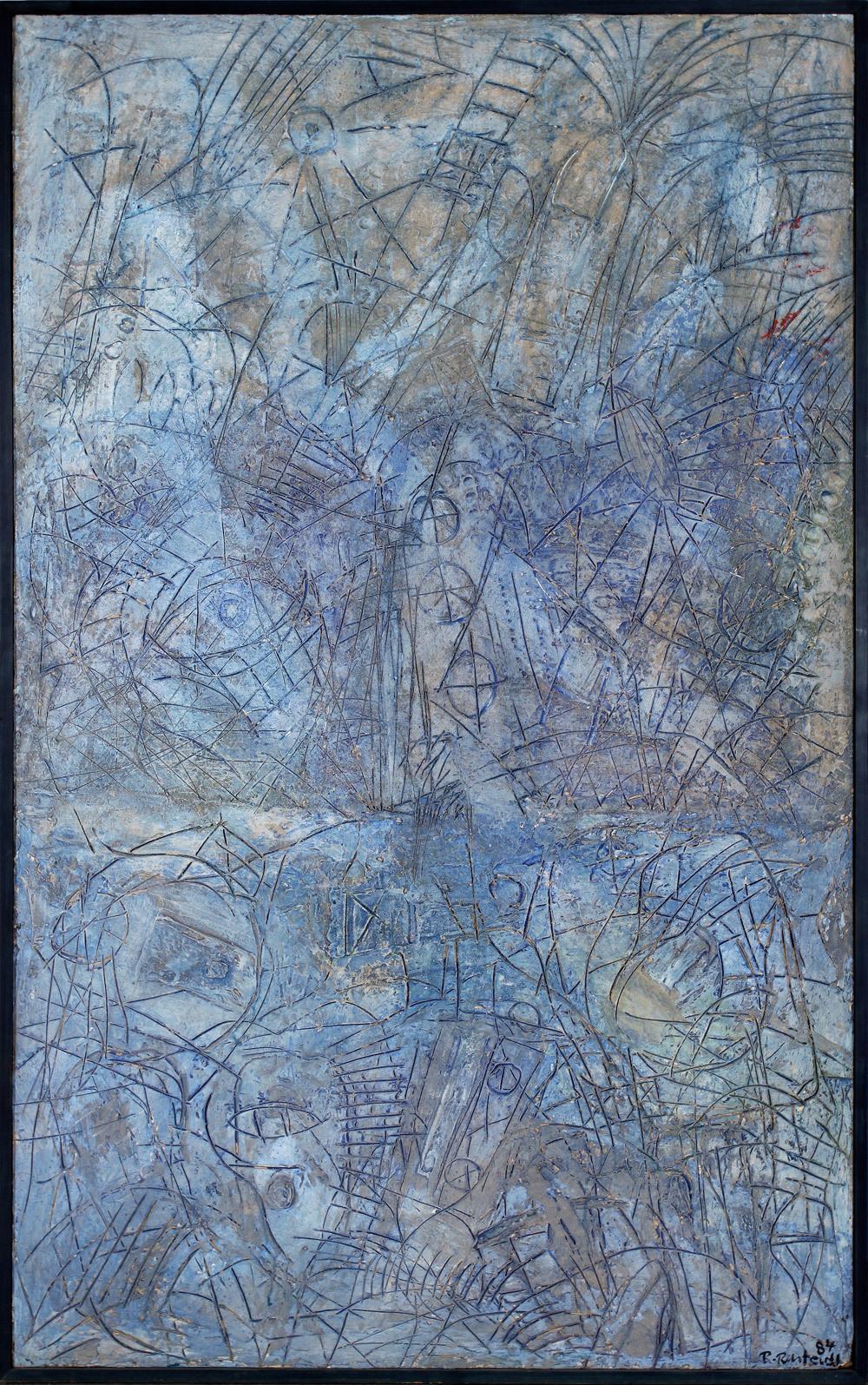
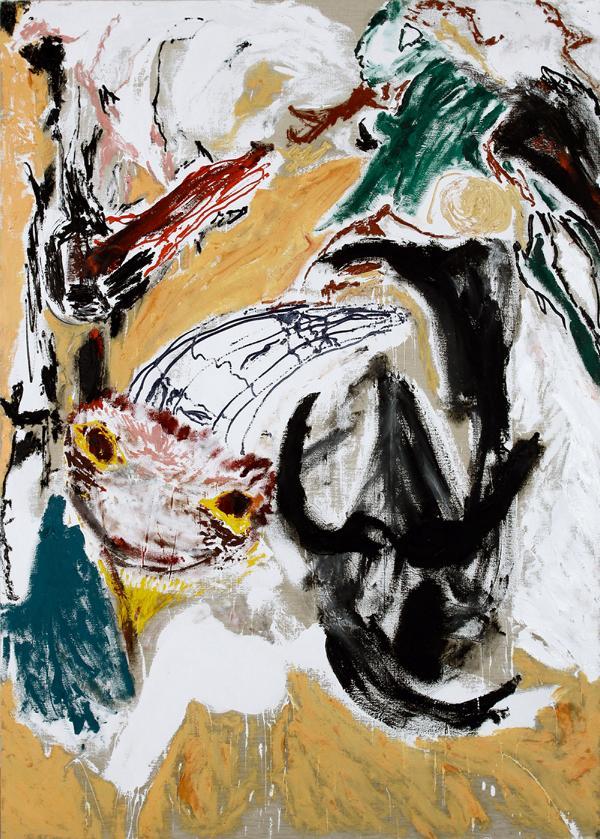
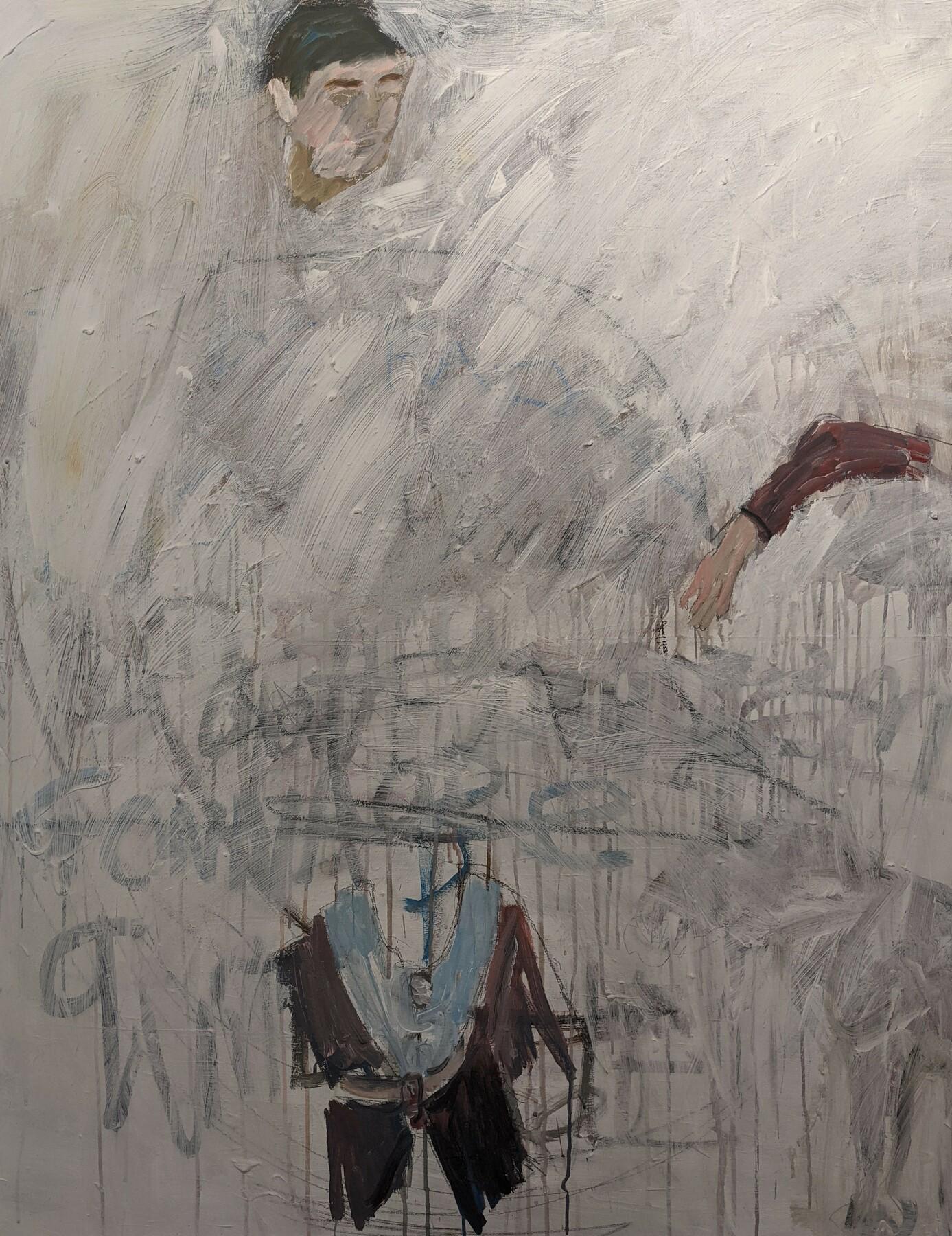
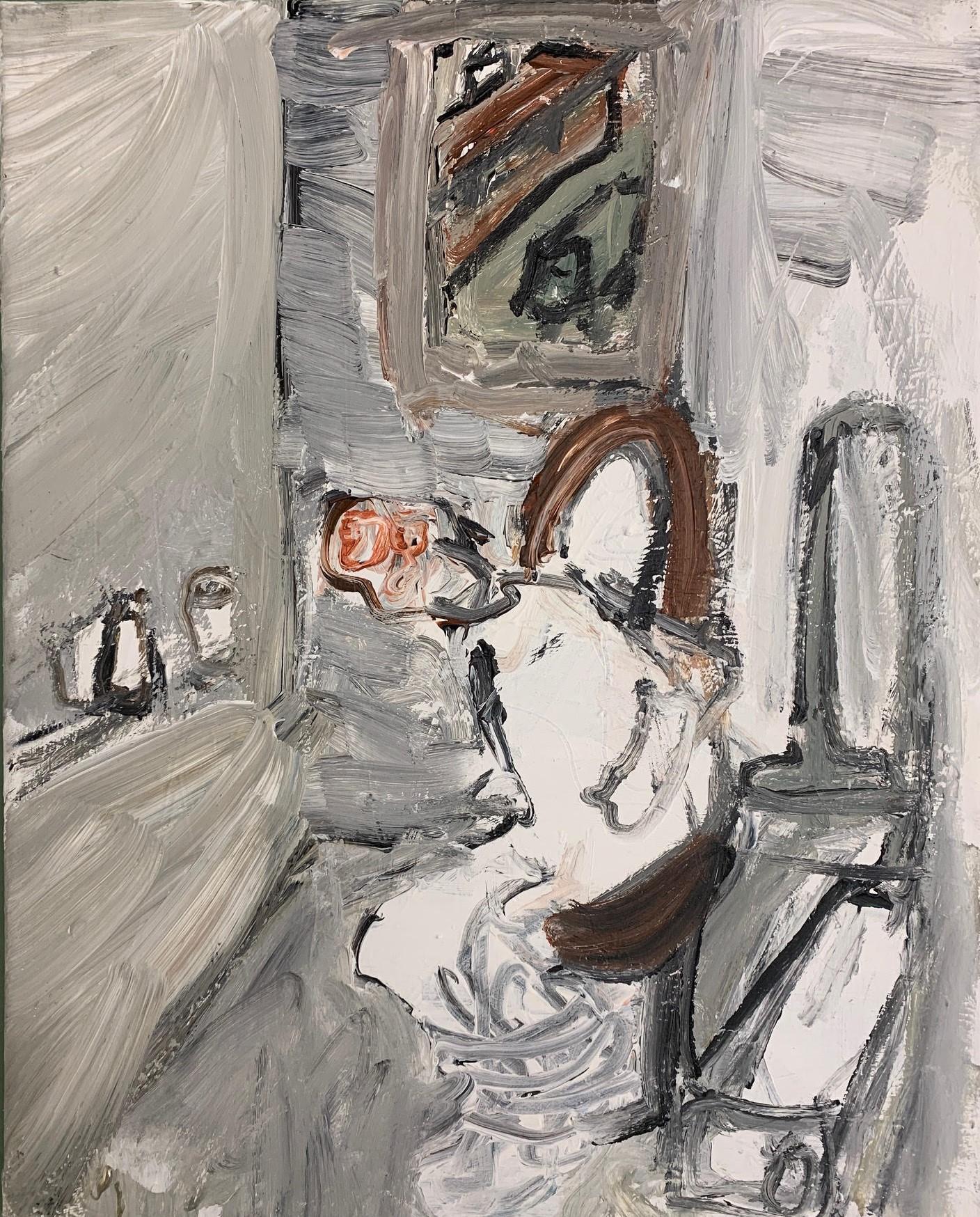
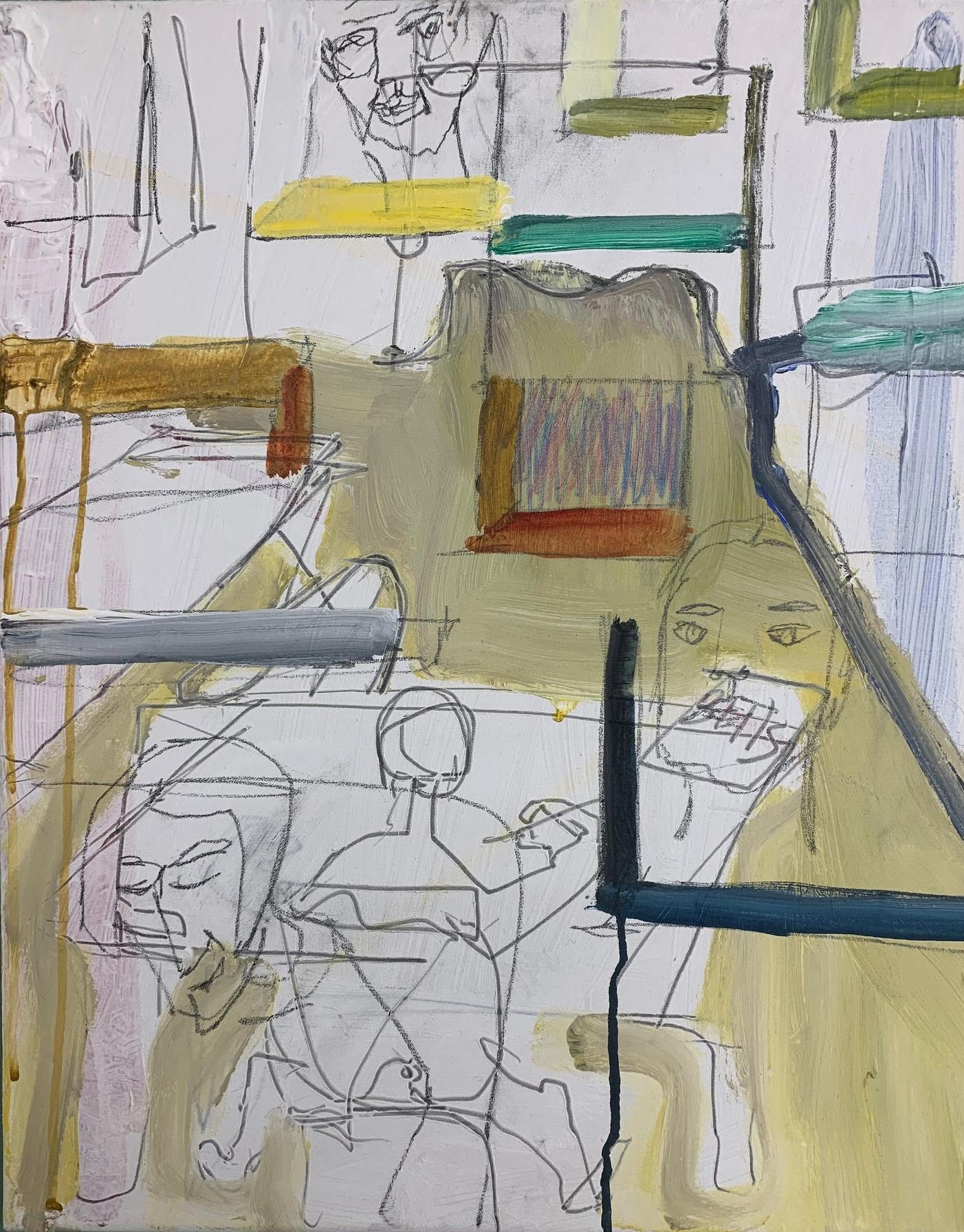
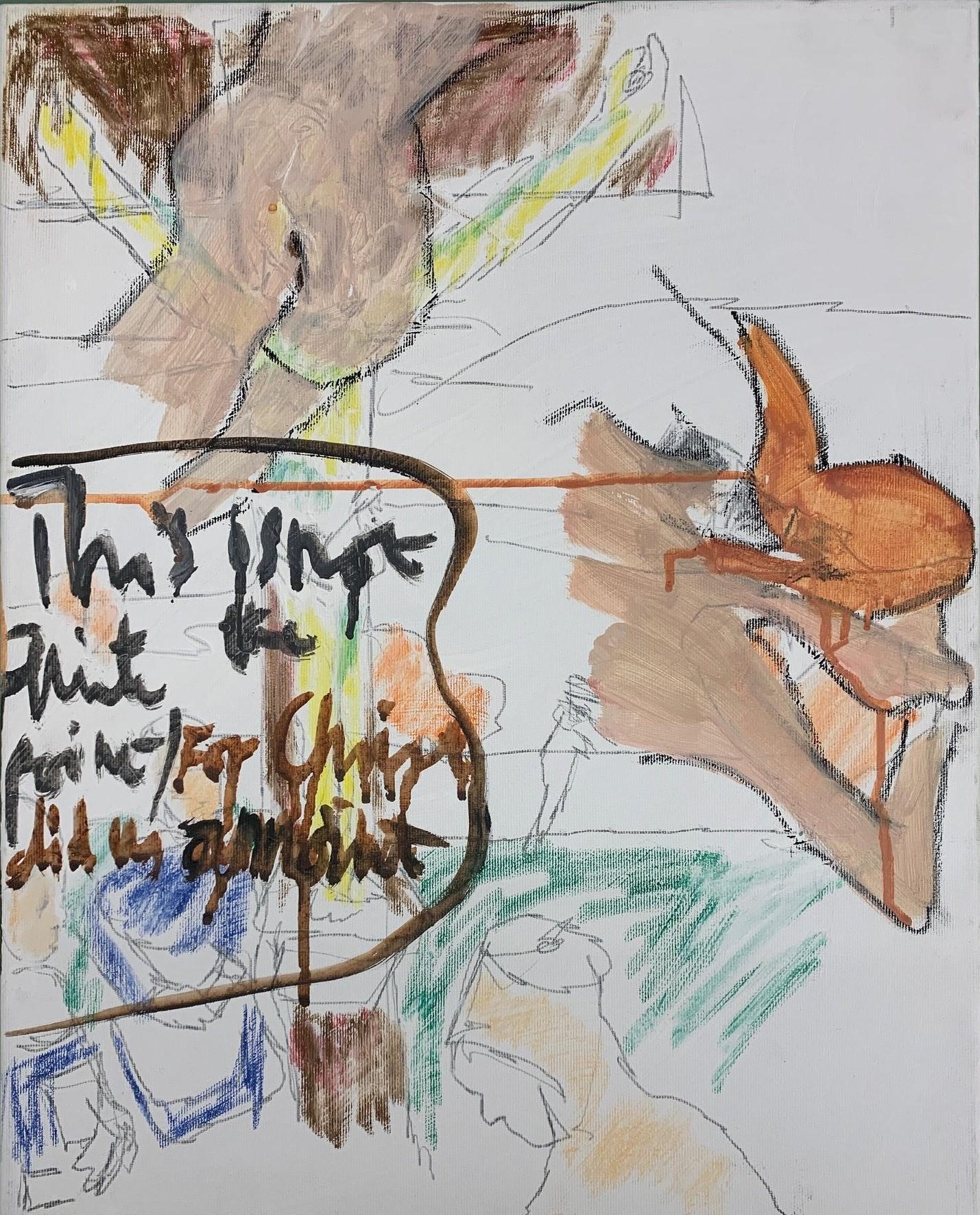
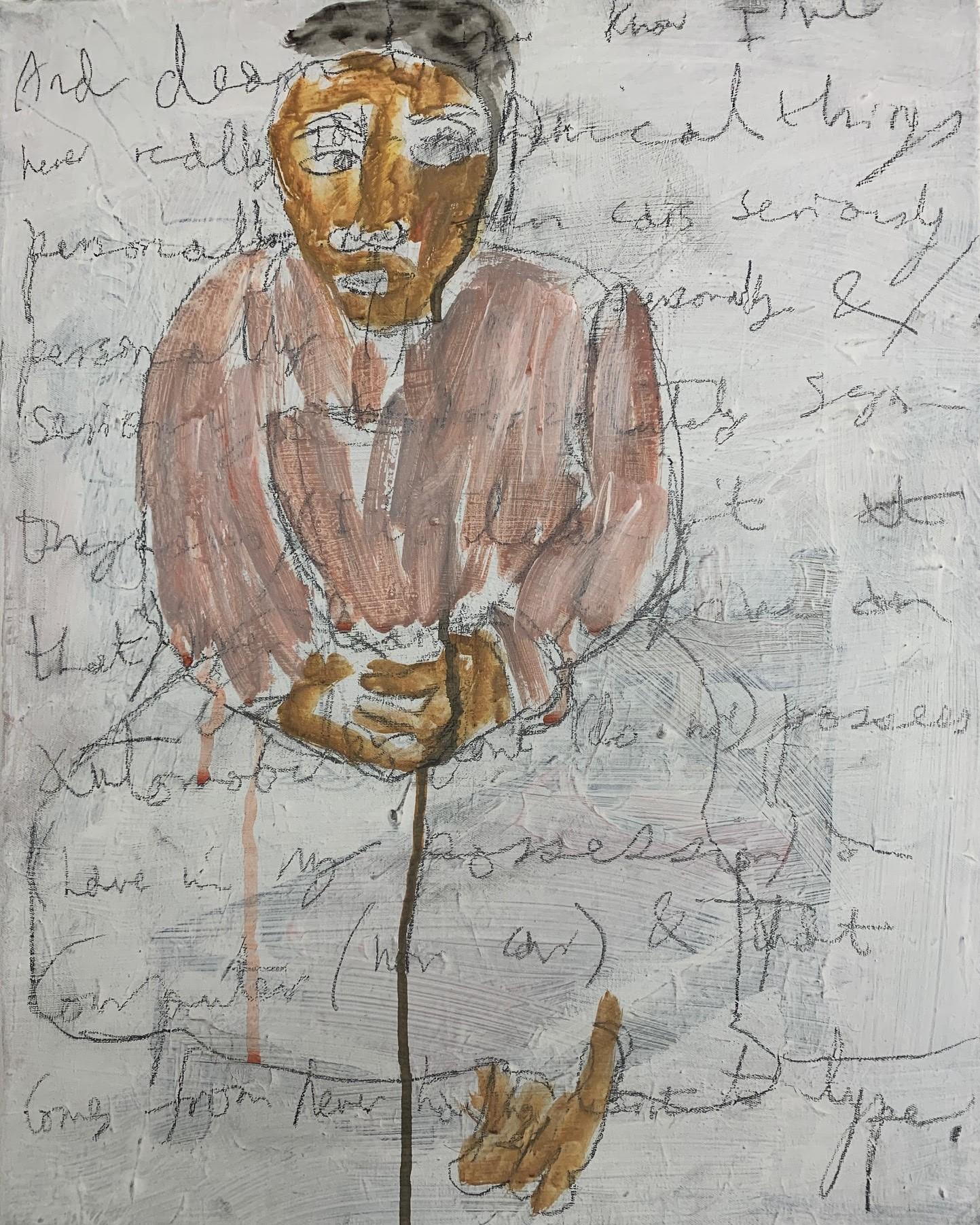
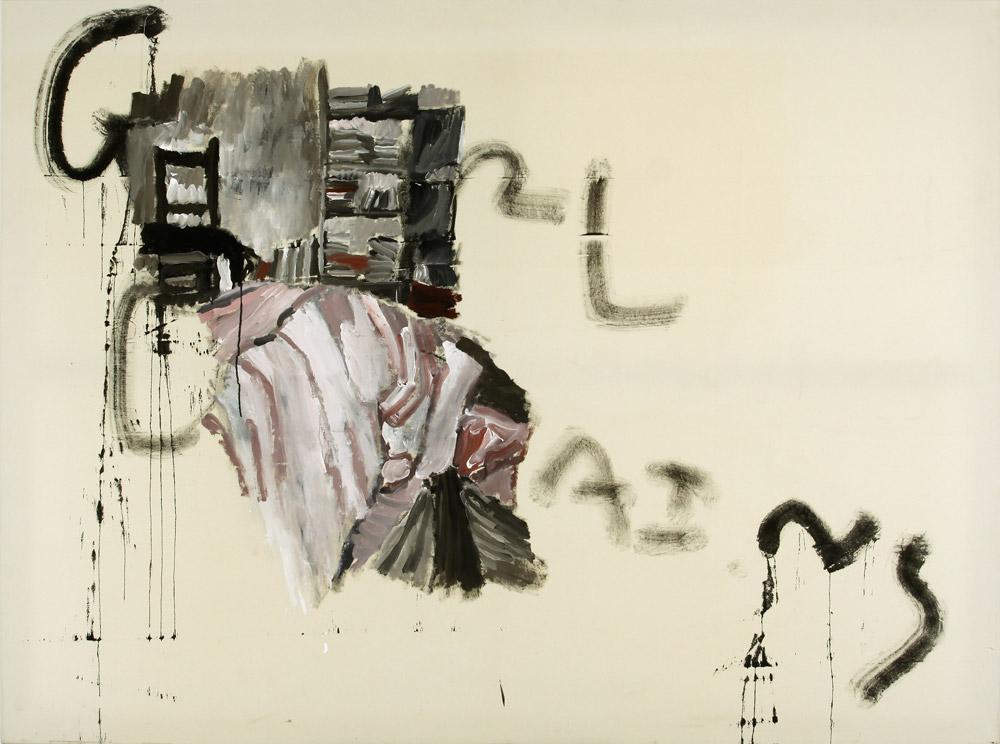
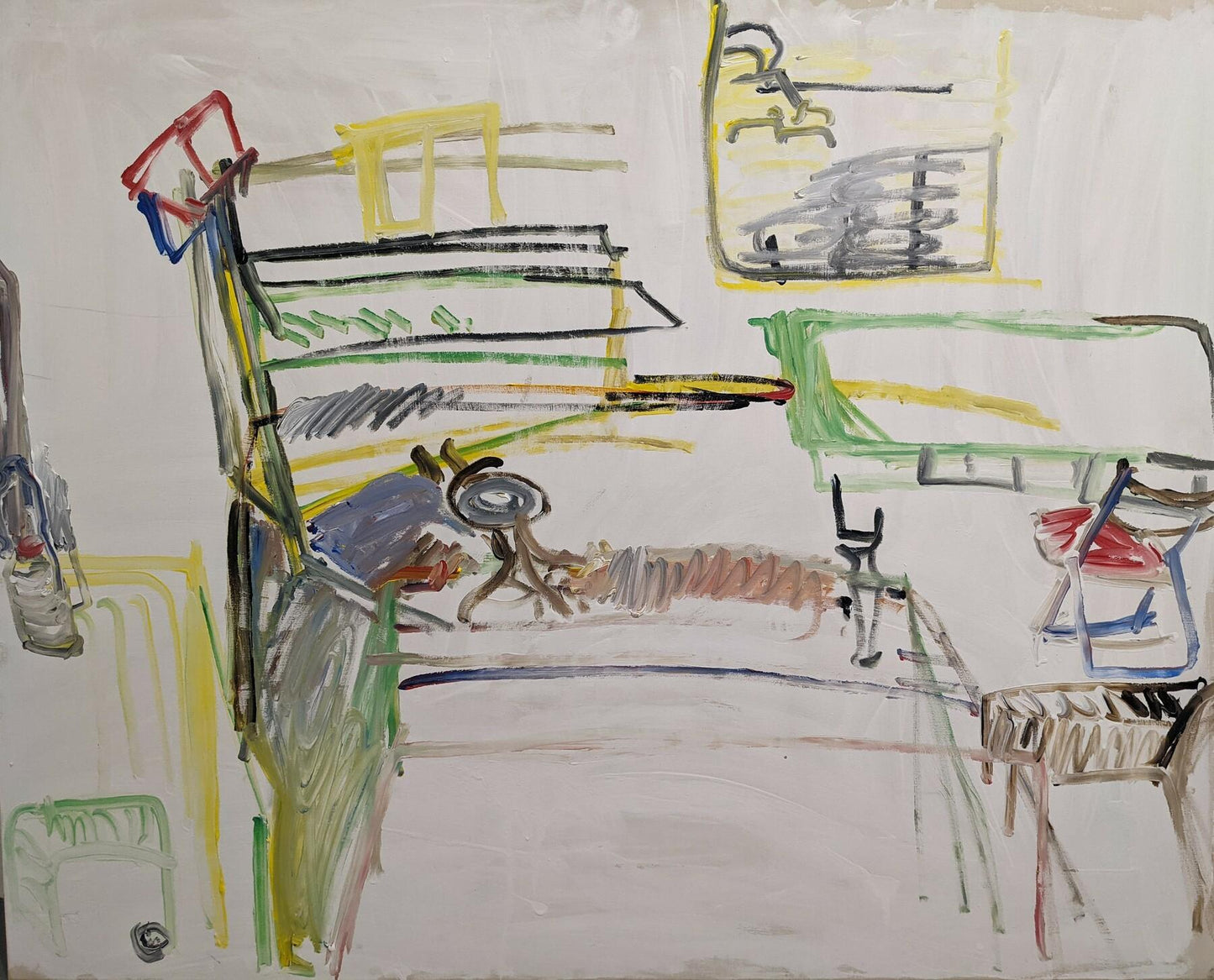
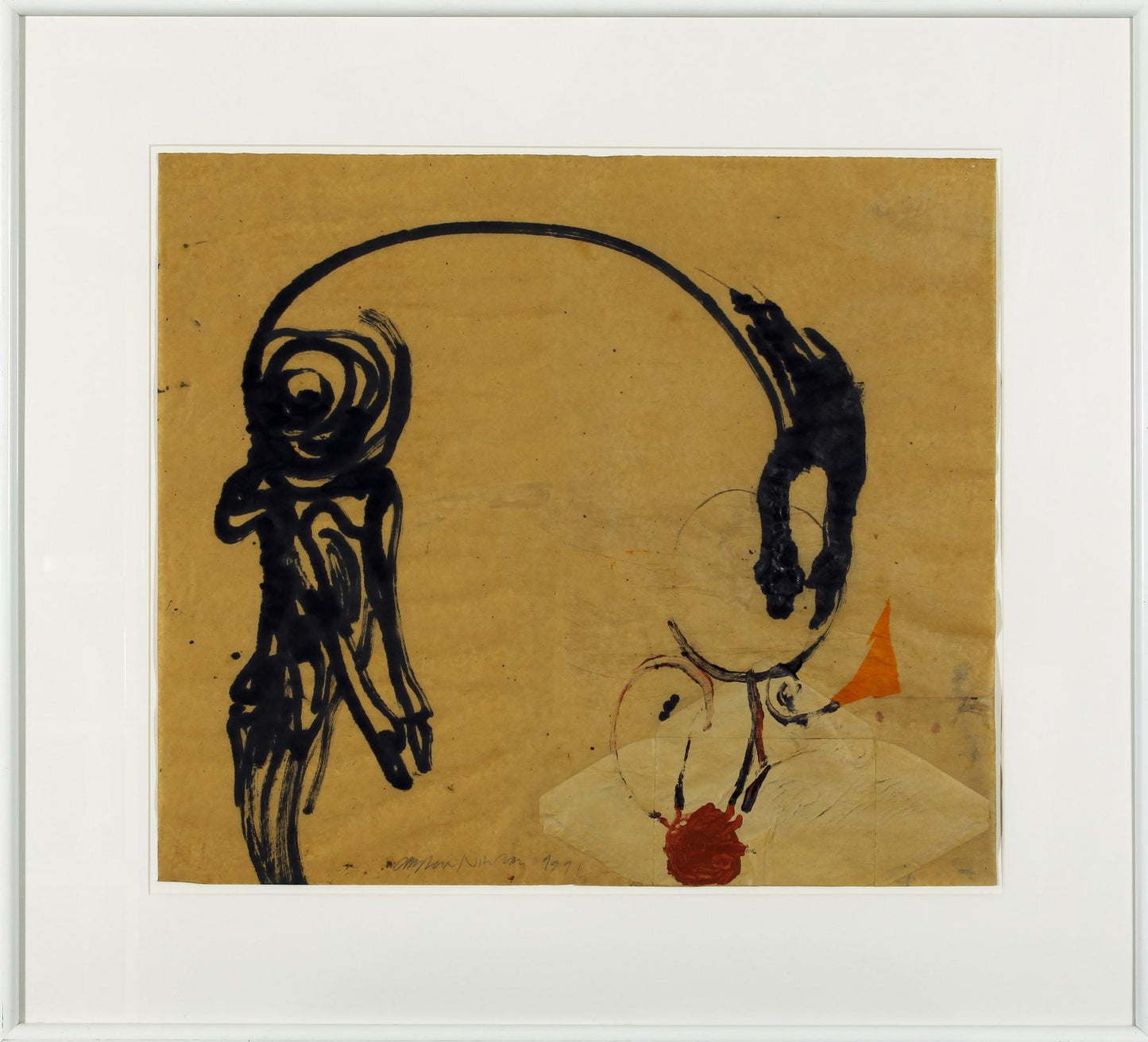

Exhibitions Catalogues
-
Catalogue ›Colours of Utopia‹ Girmachew Getnet | Lachenmann Art
Regular price €15,00Regular priceUnit price perCatalogue ›RE-DISCOVER‹ Veit von Seckendorff | Lachenmann Art
Regular price €15,00Regular priceUnit price perCatalogue ›Interferences‹ | Sandra Schlipkoeter
Regular price €40,00Regular priceUnit price perCatalogue ›Teoksia‹ Jukka Rusanen | Lachenmann Art
Regular price €25,00Regular priceUnit price perCatalogue ›Alpirismus‹ Katrin Kampmann | Lachenmann Art
Regular price €15,00Regular priceUnit price perCatalogue ›NACHWELT‹ Franziska Klotz, Agnes Lammert, Jirka Pfahl, Ronny Szillo | Lachenmann Art
Regular price €15,00Regular priceUnit price perCatalogue ›Speculations / Simulations‹ Genti Korini | Lachenmann Art
Regular price €15,00Regular priceUnit price perCatalogue ›Art in Crisis‹ group exhibition | Lachenmann Art
Regular price €15,00Regular priceUnit price perCatalogue ›Class AR Penck‹ | Kettler Verlag
Regular price €38,00Regular priceUnit price perCatalog ›Salon Hansa: InterINTIMES_AutoPORTRAIT‹ | Lachenmann Art
Regular price €15,00Regular priceUnit price perCatalogue ›Total Museum‹ Lars Teichmann | Lachenmann Art
Regular price €24,00Regular priceUnit price perCatalogue ›Love and Death‹ Deniz Alt | Lachenmann Art
Regular price €15,00Regular priceUnit price perDo you have any questions? Write to us!
- Choosing a selection results in a full page refresh.
- Opens in a new window.














